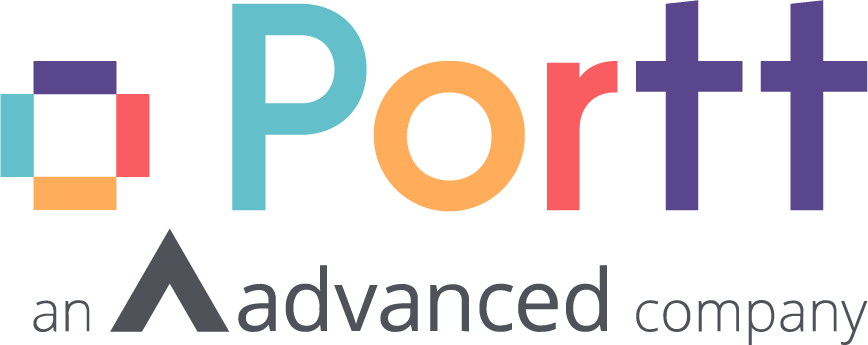Portt’s recent partnership with leading fleet management data analytics company Uniqco is driven by an important fact about fleet management:
- Good fleet management is good contract management.
- All mobile assets have a lifecycle.
- It doesn’t matter if they’re cars, trucks, chainsaws or leaf blowers: they all need to be procured and managed.
- And at some point, they’ll need to be disposed of (sold or traded-in) and replaced.
And if you treat every one of these ownership steps in the same way you’d treat any contract, you’ll hit the target of best-practice fleet management.

Managing your fleet assets like contracts has many benefits. These are the 5 biggest advantages:
It defines all of the relationships:
Contracts make it clear to everyone what their role is – who does what, what they need to do, why they need to do these things, when they’re due to be done, where it needs to occur, and how it is to be done. It means every task is done correctly, they’re done on time and on budget. Which removes doubt and hassle, and makes everyone’s happy – especially when there’s a problem with fleet assets.
It brings to life the true length of an ownership contract:
Too many people think the customer / vendor relationship begins and ends with the purchase of a fleet asset. This is the most common mistake we see. The true length of an ownership contract is from purchase to disposal. The best relationships start the moment a customer makes an enquiry, run all the way through to replacement, and keep going for another ownership cycle. Suppliers who do this tend to have a lot of customers for a long time. And customers who enjoy this tend to bring new buyers to these suppliers.
KPIs work to everyone’s advantage:
Fleet assets are brought in to do a job. They need to earn their keep. But they can break down. They don’t always perform as promised. And suppliers sometimes think it’s not their job to help after the sale is done. Key Performance Indicators (KPIs) make clear what’s acceptable and what’s not. Which means there’s no arguments. Customers minimise their asset downtime. And suppliers aren’t wedged into obligations that aren’t their responsibility to solve. KPIs also help buyers identify suppliers to avoid. And they help suppliers avoid customers they don’t want (it’s true; they work both ways). KPIs avoid doubt and arguments. KPIs give clarity. KPIs reduce stress and save money. Use KPIs every day.
Online approvals and automation
Information and approval bottlenecks are common in procurement teams that work manually, and this is especially the case when dealing with approvals to tender and evaluation summaries. If a manager or other senior stakeholder is required to conduct offline approvals, certain activities and stages, this can lead to inefficiencies given the often large workload of higher-level employees.
Embedding approvals into an online process frees up your senior managers’ time, allowing them to focus on more important matters and ensuring that projects aren’t delayed because certain materials haven’t been available by the time they were required.
It turns relationships into strong levers:
The best buyer/supplier relationships are the ones where both parties get great benefits over the long-term. Not just when the buyer gets a big discount at purchase. And not just when the supplier gets a big ‘earn’ from a sale. Customers with long-standing positive supplier relationships tend to get benefits such as ex-gratia warranty support, access to new innovations, and extra training on their assets to get maximum value. In turn, suppliers tend to get more customers, especially ones they’d otherwise never access – or keep.
Manage your fleet assets like contracts and you’ll open the door to a vault of benefits you didn’t think existed.
Article written by: Grant Andrews, Managing Director Uniqco



